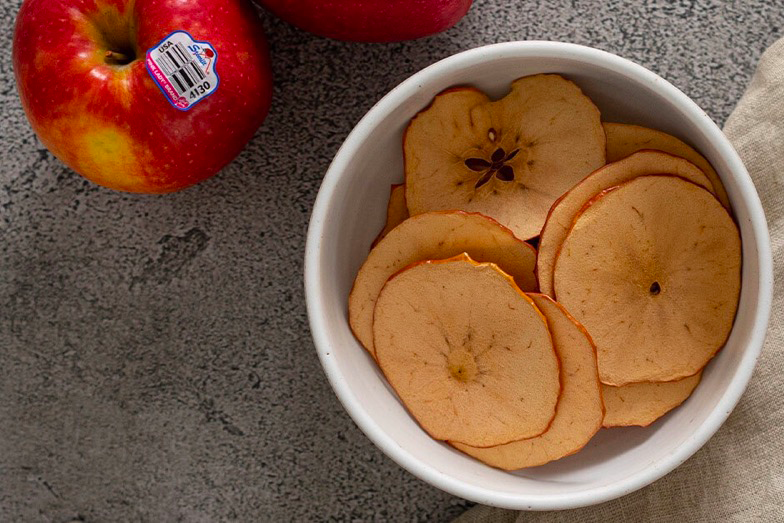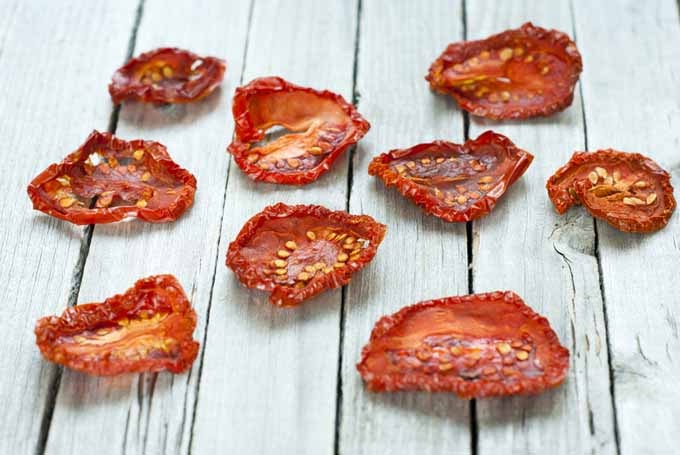In the food industry, drying is a critical process that enhances the shelf life and quality of products. Among various types of dryers, penetration type dryers have gained popularity due to their efficiency and versatility. This article explores the benefits of using penetration type dryers for your business, highlighting their unique features, applications, and advantages over traditional drying methods.

Introduction to Penetration Type Dryers
Penetration type dryers are designed to efficiently dry products by utilizing a patented half-vacuum air duct system. This technology allows for even drying even when products are stacked together, making it ideal for large-scale operations. These dryers are energy-efficient, using only 25% of the electricity required by traditional dryers, and offer adjustable temperature settings from 18°C to 80°C, supporting hot drying, cool drying, and dehumidification functions.
Key Features of Penetration Type Dryers
1. Energy Efficiency: These dryers significantly reduce energy consumption compared to traditional models, making them cost-effective for businesses.
2. Versatility: They can handle a wide range of products, from small batches to large quantities, with capacities ranging from 300 kg to 10 tons.
3. Temperature Control: The ability to adjust temperatures ensures that products are dried without damage, preserving their quality.
Applications of Penetration Type Dryers
Penetration type dryers are suitable for various industries, particularly in food processing. They are ideal for drying fruits, vegetables, meats, and other products that require precise temperature control to maintain nutritional value and texture.
Advantages Over Traditional Dryers
1. Energy Savings: By using less electricity, businesses can reduce operational costs and contribute to environmental sustainability.
2. Space Efficiency: The ability to stack products allows for more efficient use of space, making them ideal for facilities with limited area.
3. Consistent Drying: The half-vacuum system ensures uniform drying, reducing the risk of over-drying or under-drying.
Comparison with Other Types of Dryers
Multi-Layer Mesh Belt Dryers
These dryers are popular for large-scale food processing due to their continuous operation and efficient heat distribution. However, they may not offer the same level of energy efficiency as penetration type dryers. Multi-layer mesh belt dryers are often used for products like fruits and vegetables but require more maintenance due to their complex belt systems.
Heat Pump Dryers
Heat pump dryers are known for their rapid drying capabilities and are suitable for sensitive products like seafood and fruits. They provide uniform drying but may require more complex maintenance compared to penetration type dryers. Heat pump dryers are energy-efficient but can be more expensive to purchase upfront.
Vacuum Dryers
Vacuum dryers are ideal for heat-sensitive materials and offer rapid drying times. However, they typically require more specialized equipment and may not be as versatile as penetration type dryers for stacked products. Vacuum dryers are often used in pharmaceutical and chemical industries due to their ability to dry at low temperatures.

Case Studies: Successful Implementations
Several companies have successfully integrated penetration type dryers into their operations, achieving significant improvements in efficiency and product quality. For instance, a leading fruit processing company in Europe reported a 30% reduction in energy costs after switching to penetration type dryers. Similarly, a meat processing plant in Asia increased its production capacity by 25% without expanding its facility, thanks to the space-efficient design of these dryers.
Implementation Challenges and Solutions
While penetration type dryers offer numerous benefits, implementing them can present challenges, such as initial investment costs and training staff on new equipment. To address these challenges, manufacturers often provide comprehensive training programs and flexible financing options to help businesses transition smoothly.
Future Trends in Food Drying Technology
As technology advances, the demand for more efficient and sustainable drying solutions is increasing. Penetration type dryers are well-positioned to meet these demands due to their energy efficiency and versatility. Future developments may include integrating AI for real-time monitoring and optimization of drying processes, further enhancing their appeal to modern food processing facilities.
Role of AI in Drying Technology
Artificial intelligence can play a crucial role in optimizing drying processes by monitoring temperature, humidity, and product moisture levels in real-time. This allows for precise adjustments to ensure consistent quality and reduce waste. AI can also predict maintenance needs, reducing downtime and improving overall efficiency.
Conclusion
Penetration type dryers offer a unique combination of efficiency, versatility, and cost-effectiveness, making them an attractive choice for businesses in the food industry. Their ability to handle stacked products while maintaining uniform drying conditions sets them apart from traditional drying methods. As companies seek to optimize their operations and reduce environmental impact, penetration type dryers are poised to play a significant role in the future of food processing.

Frequently Asked Questions
1. What are the primary benefits of using penetration type dryers?
Penetration type dryers offer significant energy savings, efficient use of space, and consistent drying results, making them ideal for large-scale food processing operations.
2. How do penetration type dryers compare to heat pump dryers in terms of energy efficiency?
Penetration type dryers are generally more energy-efficient than heat pump dryers, using only 25% of the electricity required by traditional dryers.
3. Can penetration type dryers be used for sensitive food products?
Yes, penetration type dryers can be used for sensitive food products due to their adjustable temperature settings, which help preserve the nutritional value and texture of the products.
4. What types of products are best suited for penetration type dryers?
Penetration type dryers are suitable for a wide range of food products, including fruits, vegetables, and meats, especially when these products need to be stacked during the drying process.
5. How do penetration type dryers contribute to environmental sustainability?
By reducing energy consumption significantly, penetration type dryers contribute to environmental sustainability by lowering carbon emissions associated with drying processes.
Citations:
[1] https://www.aimheatpump.com/products-78591
[2] https://patents.google.com/patent/CN110207480A/zh
[3] https://www.iqsdirectory.com/articles/dryer/types-of-dryers.html
[4] https://patents.google.com/patent/WO2022068971A1/zh
[5] https://gcwgandhinagar.com/econtent/document/1588156026Unit%20V%20Types%20of%20dryers%20and%20their%20applications.pdf
[6] https://patents.google.com/patent/CN1405396A/zh
[7] https://www.intarcon.com/en/refrigeration-in-dryers/
[8] https://patents.google.com/patent/CN109252340A/zh











